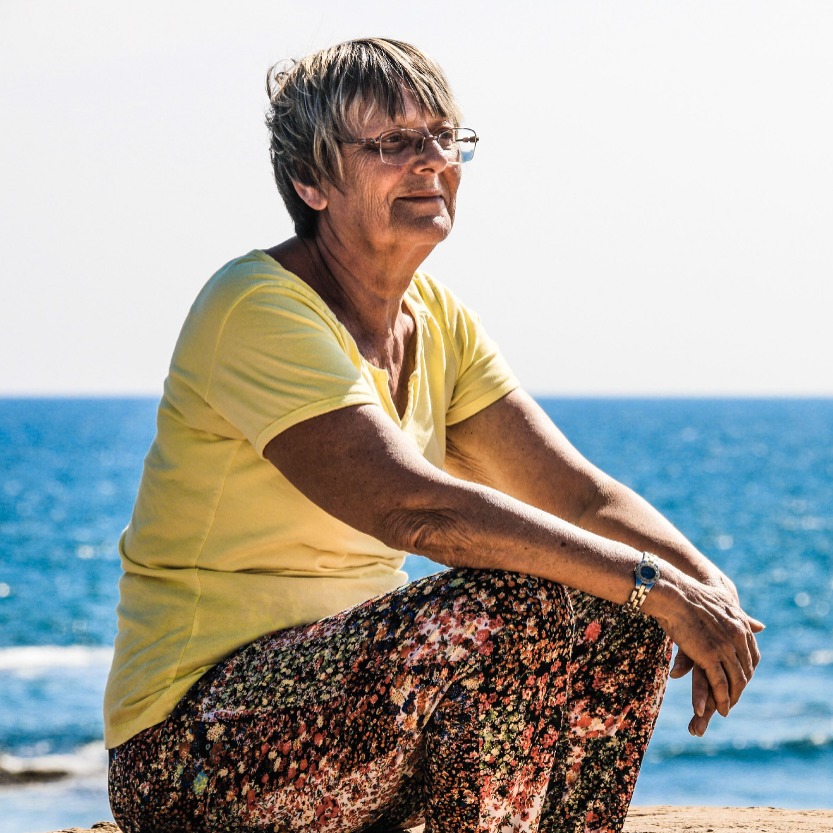By Tracy Gardikiotis
In Part 1 we discussed the risk factors of lymphedema and tips for reducing this risk. Today we’re helping you identify early signs and what treatments are available for lymphedema.
Early signs and symptoms of lymphedema:
-
A feeling of heaviness, aching, or pain on the side of your surgery
-
A tight feeling in the skin of your arm, hand, or breast
-
Decreased flexibility in your arm, hand, or fingers
-
Persistent swelling or changes in your skin, such as tightness or pitting (skin that stays indented after being pressed)
Early diagnosis and treatment of lymphedema is important, so if you experience any of these symptoms, discuss this with your doctor or a certified lymphedema therapist (CLT). Your therapist can provide treatment that will help manage the swelling and determine what treatment plan is best for you.
Lymphedema treatment consists of:
-
Skin care: Ensure that your skin is clean and moisturized and take steps to prevent infection.
- Compression: Compression helps prevent more fluid from building up. It can be applied by wearing an elastic garment, low-stretch compression bandages, or other inelastic compression garments that are often used at night.
- Exercise: An exercise program can help stimulate your lymph vessels. It’s important to slowly increase the exercise so that your arm muscles get used to it gradually.
- Manual lymphatic drainage (MLD): MLD is a gentle form of massage that helps to redirect fluid away from damaged areas to areas of healthy lymphatic flow.
Infections can happen easily and tend to be more serious in people with lymphedema. Having an infection in your arm, hand, breast, or torso on your affected side can also make the lymphedema worse. Call your doctor right away if you have any signs of infection, such as:
- Fever or chills
- Pain
- Redness or warmth
- Increased swelling
While lymphedema is a life-long condition, you can learn how to manage it. If you have questions about lymphedema, talk with your doctor, nurse, or lymphedema therapist. For more information, please visit the Canadian Lymphedema Framework website at www.canadalymph.ca or your local provincial lymphedema organization.
Tracy Gardikiotis is a physical therapist (BScPT), Certified Lymphedema Therapist (CLT-LANA), and Certified Cancer Exercise Specialist (CCES). She is also a Canadian Lymphedema Framework board member.
References:
NLN Medical Advisory Committee. (2012, May). Lymphedema Risk Reduction Practices. Retrieved from http:/www.lymphnet.org on March 13, 2019.
Memorial Sloan Kettering Cancer Center. (2017, July). Common Questions After Breast Cancer Related Lymphedema. Retrieved from htttp/mskcc.org on March 13, 2019.
Photo by Erik Brolin on Unsplash








